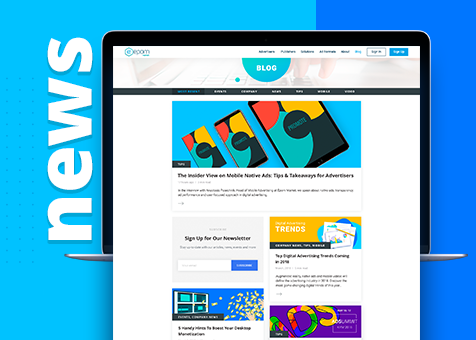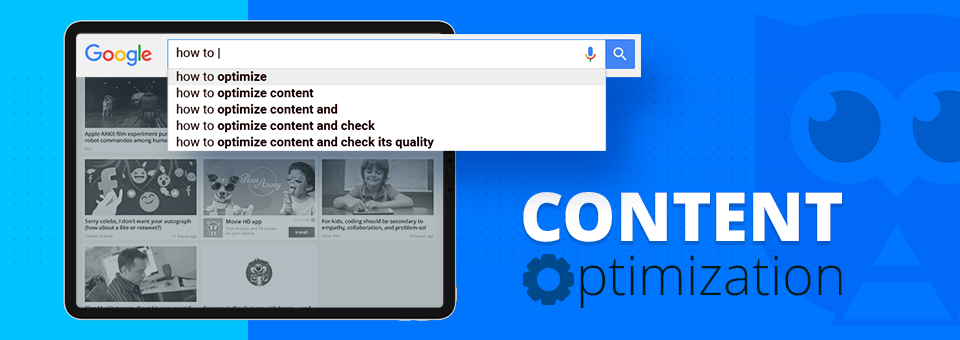
Starter guide to CPM, CPC, and CPA for publishers
Explore how CPM, CPC, and CPA models work to find out which monetization strategy best suits your inventory. Of course, publishers are generally familiar with these terms, but you need to go beyond definitions to turn your website into a streamlined online business. Specifically, you'll benefit from understanding how the choice of a particular monetization strategy influences the way you optimize your website.
Cost per mille (CPM)
CPM implies that your site generates revenue every time an ad is served. The transactions between you and your advertisers are carried out on a per-mille basis, which means you get paid a stipulated price for every "batch" of one thousand ad impressions.
Consider CPM if you are looking for a relatively simple monetization option that requires little inventory optimization. Basically, all you need to do is figure out optimal placement patterns for keeping your ads viewable, but non-obtrusive. To achieve this goal avoid displaying too many creatives per page and pushing main content below the fold. This strategy will prevent you from alienating your audience or damaging your SEO factors.
The main advantage of CPM is that with campaigns of this kind you don't get distracted with ad-related UX aspects, which enables you to concentrate on your content and visitors. Another strong point is that CPM suits nearly all websites and audiences. As for the drawbacks, the average revenue per impression is typically lower compared to what you might earn from ad clicks or adrelated actions. Still, your earnings will be fairly high if your website attracts a lot of traffic.
Cost per click (CPC)
Opt for the cost-per-click model if you feel confident in your ability to encourage visitors to interact with banners on your website. With CPC you acquire revenue every time a user clicks (or taps, in the case with mobile traffic) on a creative. Obviously, this monetization option requires a more elaborate approach to user experience.
Please note that cost-per-click advertising exhibits greater dependence on audience and greater revenue volatility. This means your income will be harder to forecast, and you'll have to spend time tinkering with ads before you discover what setup results in more clicks. Moreover, you'll have to occasionally reorganize the placement pattern in order to overcome banner blindness. On the bright side, clicks are priced significantly higher than ad impressions, so you will be able to earn more with Cost per click advertising.
Opt for highly targeted campaigns and interaction-inciting ad formats if you decide to optimize your website for cost-per-click advertising. Consider A/B testing and click-tracking as useful tools that will help you determine what works best for your inventory and achieve stable monthly revenue.
Cost per action (CPA)
With CPA you gain revenue as soon as your readers perform a specific ad-invoked action. Basically, you guide your audience further down the advertisers' sales funnel - all the way to purchasing the advertised product, signing up for a service, leaving their email, or performing another pre-defined action. Such campaigns are often called cost-per-sale, cost-per-acquisition, or cost-per-lead depending on the action expected from your users.
You will benefit from choosing the CPA model if your audience is likely to convert into customers or leads for a particular advertiser. Consequently, this option is exceptionally suitable for niche sites dedicated to a very specific product or service. Webmasters with experience in affiliate marketing should also consider CPA because these sales techniques are based on similar principles.
Apply the same UX optimization techniques you would utilize for CPC to run a successful CPA campaign. In other words, opt for formats and placement patterns that would provoke your visitors to click on banners. Whether the users will complete the required action depends mostly on how well they have been targeted. Brand confidence is also an important factor, because people are more willing to engage with trusted companies.
Bottom Line
View traffic as a criterion that helps you evaluate the potential of a cost-per-mille thousand. CPM profits almost solely depend on your traffic volume. So, if your audience is growing, or if there are steps you can take to foster its growth, start with cost-per-thousand. This way you will have more opportunities to work on your site's key metrics instead of spending time on the search of the perfect ad setup.
CPC and CPA campaigns put greater emphasis on traffic quality and relevance. If you've reached a plateau in your traffic generation, it may prove worthwhile to start looking for ways to make the most of it. In fact, it's not uncommon for CPC and CPA-oriented publishers to acquire decent revenue from relatively small audiences, but you need to invest time and effort into UX optimization.
previous post next post

